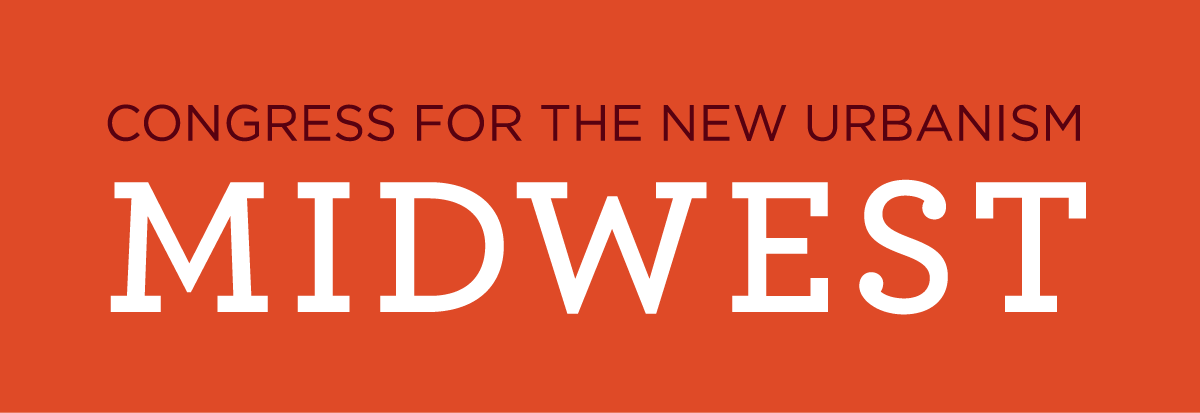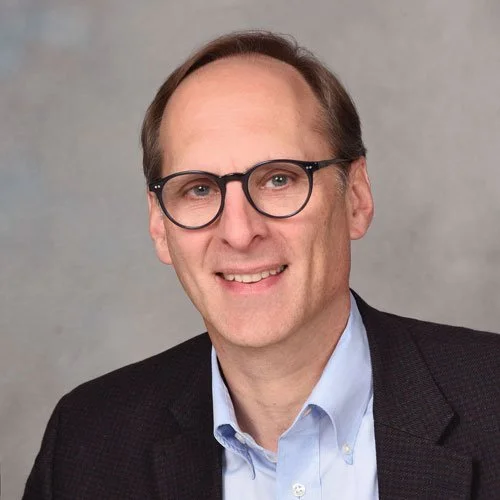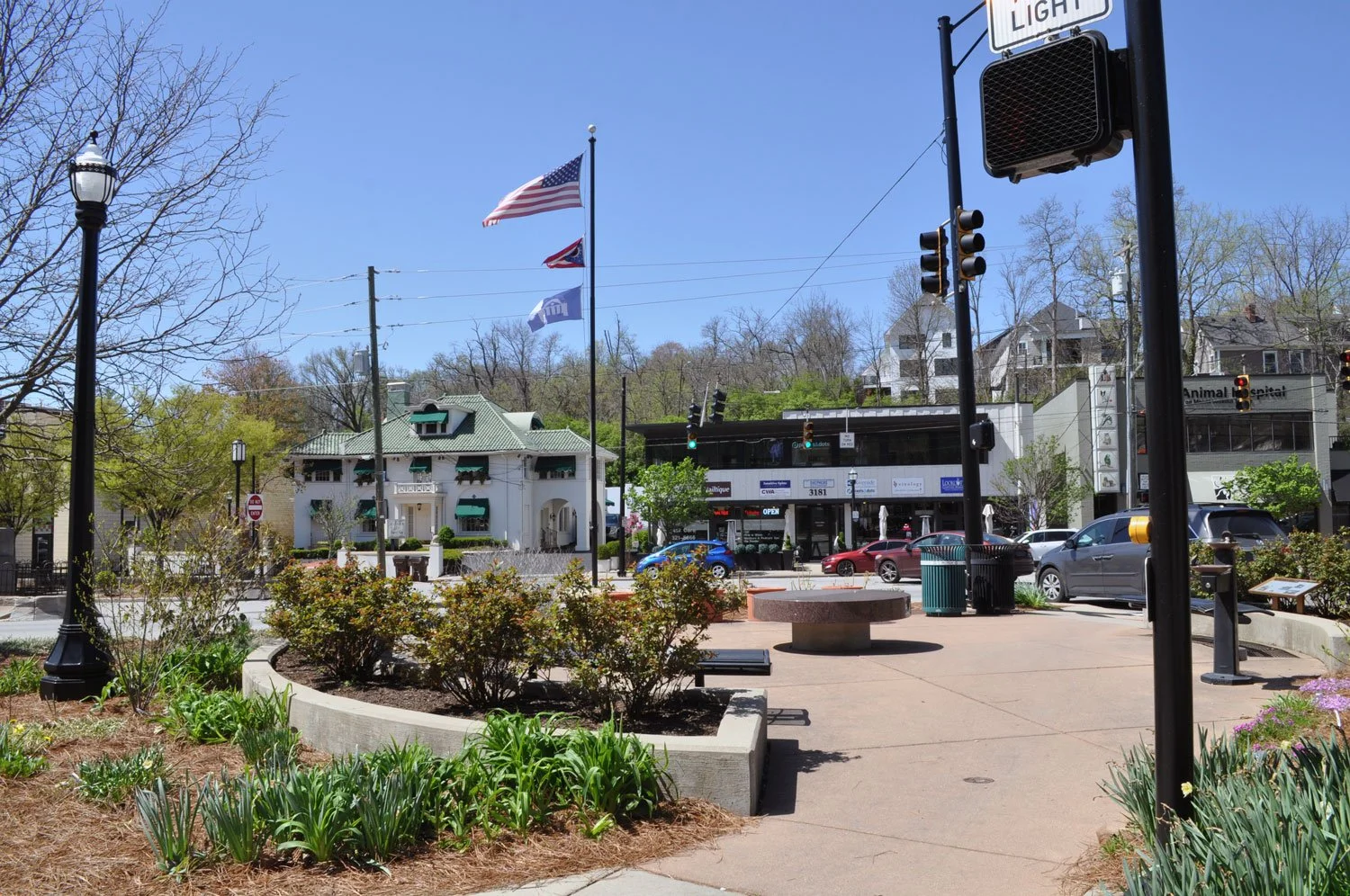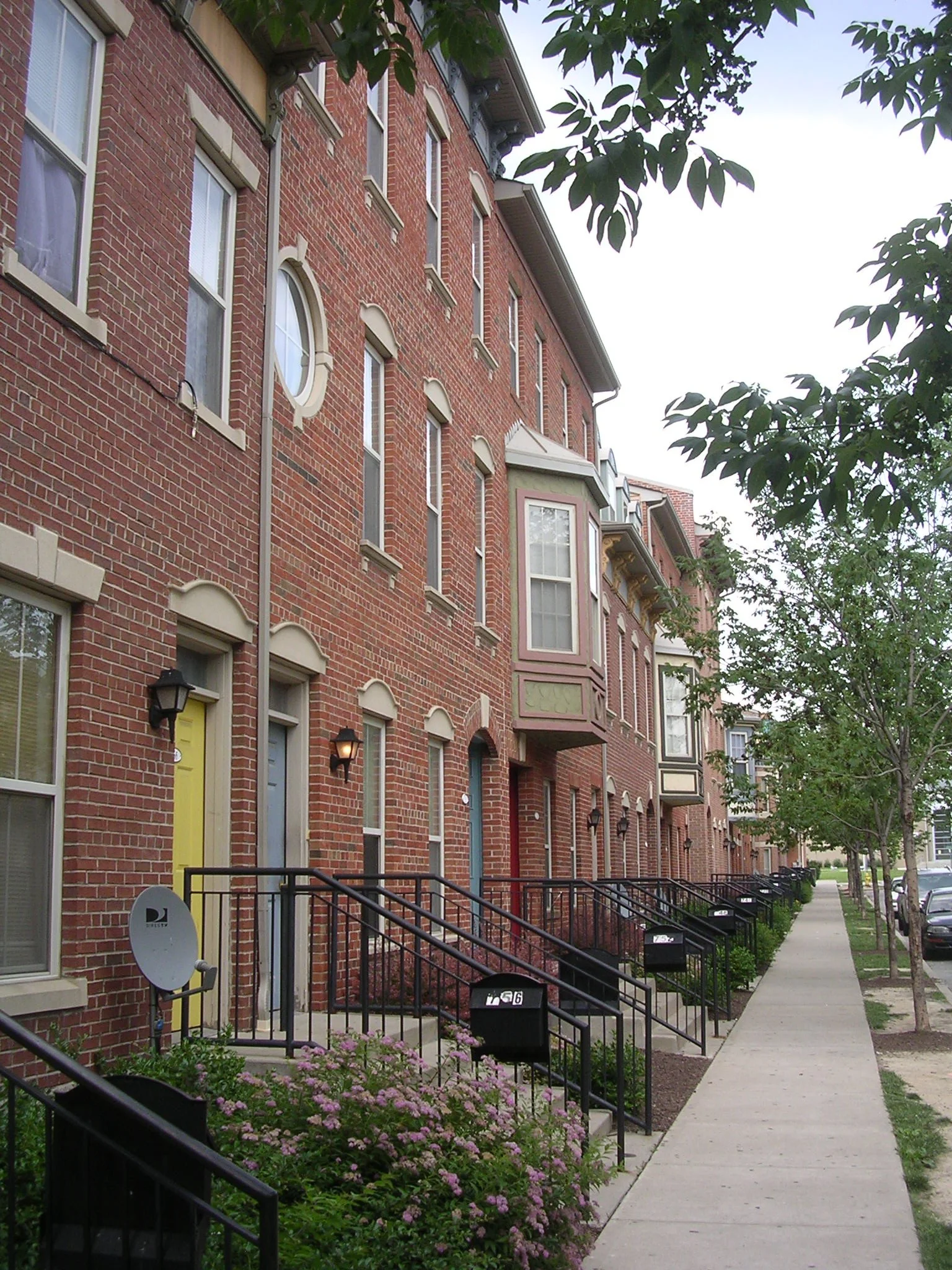THE CNU MIDWEST INTERVIEW: JEFF RASER, CNU MIDWEST CHAIR
Jeff is the current Board Chair of CNU Midwest. He’s been involved in CNU for over 20 years and recently hosted CNU-32 in Cincinnati, OH. He looks forward to making CNU Midwest more event focused by supporting events throughout our region. If you have an idea for an event, get in touch!Jeff Raser, Cincinnati, OH
Owner / Architect, CUDA Studio
Alma Mater: University of Cincinnati
Family: 1 wife, 3 kids, 4 dogs (but only 15 legs on those dogs)
Hobbies: Biking and beer - though rarely at the same time
LinkedIn
Jeff Raser, AIA, is the owner of Cincinnati Urban Design and Architecture Studio (CUDA Studio) and has worked as an architect and urban designer in a 30+ year career.
CNU Midwest:
What do you love about your neighborhood?Jeff raser:
I live in the Mt. Lookout neighborhood of Cincinnati which is incredibly walkable. Our neighborhood business district is a 6 minute walk from our house. Our family dentist, my barber, a great Italian restaurant, a decent pub, as well as the best burger place in town and our favorite Thai food place are there. My wife walks to Lookout Joe’s coffee shop every day and used to walk our kids to their elementary school. Mt. Lookout neighborhood of Cincinnati.
CNUM:
What is your favorite place to visit?JR:
Siena, Italy. I’ve only been there once but it was fantastic. Full of energy, well-formed civic spaces, and the nooks and crannies that make Italian streets an adventure at every turn.CNUM:
What does a Brief snapshot of your company and role look like?JR:
I’m the owner and sole employee of an urban design firm in Cincinnati called CUDA Studio. I focus on creating community plans and designing civic spaces that make people proud of where they live. I still design the occasional building, too. The Connector streetcar in the Over-The-Rhine neighborhood in Cincinnati.
CNUM:
What project are you most proud of?JR:
City West - Cincinnati’s 48-acre HOPE VI project. As the project architect and part of the planning team, I was in charge of getting a pedestrian-friendly neighborhood built in an area formerly occupied by institutional buildings in super-blocks. People have lived in the neighborhood for nearly 20 years now and when they find out I was involved, they always thank me for making their lives better every day. CNUM:
What are you working on currently that CNU Midwest members should know about?JR:
I’m designing an Interpretive Center for a small non-profit in Springfield, Ohio. The center will complement the Gammon House, which is one of only a handful of houses on the Underground Railroad that was owned by a Black family during its role shepherding former slaves through the Underground Railroad. If we can get it funded, the Interpretive Center will help people (especially kids) understand oppression, its long-lasting harms, and paths toward peace and resilience.
CNUM:
How did you get involved with CNU?JR:
As the project architect of City West, starting in the year 2000, my role was to get our master plan approved and built. Unfortunately, our plan for a pedestrian-friendly neighborhood -- with an alley-fed, tree-lined traditional street grid and townhouses reasonably close to the sidewalk -- was in violation of virtually every regulation and code of the City of Cincinnati. Most (though not all) of the people who administered the subdivision regulations, zoning code, and utility policies were against us too.To help make our case that creating walkable, mixed-use neighborhoods was not just a nostalgic vision, I compiled a spiral-bound book full of writings, data, and graphics, by experts from around the country. It turned out these experts were the people who are now the luminaries of CNU: Duany, Kats, Plater-Zyberk, Dunham-Jones, and others. It took a year of negotiations but we got it done. When I attended my first congress, in 2003 in Washington DC, I was able to personally thank those who helped light the way for our project. Walk-up residential units within the city west project.
CNUM:
How has CNU changed since you’ve been involved?JR:
When CNU started it seemed to be more about how to make suburban greenfield projects that are mixed-use and pedestrian friendly (those are the projects that got the press and highlights and awards). But the evolution of CNU has been to return to restoring our urban areas and that was the focus of CNU-32 in Cincinnati: Restorative Urbanism. In the Midwest, this is huge. So many of our cities have to repopulate, bring more people, build new buildings and public spaces, take old buildings and give them new life. I think CNU is in the middle of that evolution.
Host committee meeting for the CNU-32 in cincinnati.
CNUM:
What do you hope for the future of CNU?JR:
I’d like to see CNU go further in the world of finances. It’s predominantly architects and planners. I’d like to see more real estate developers and bankers at the table - if you can’t fund it, a master plan is just a portfolio stuffer. It’s hard to fund these projects - little projects that make good urbanism. Building, managing and operating these good, incremental projects is hard. We need to solve that money problem that is always hampering our efforts.CNUM:
What is the value of CNU?JR:
Being a member of CNU gives us urbanists a source of information, advice, camaraderie, and energy. For me, being a co-chair of CNU.32 in Cincinnati last year was a career highlight. It was valuable because normally I’m the one going to the Congress and taking advantage of content, but organizing a Congress was an education all its own. Not only did I learn how to put together large events, but when the Congress happened, it was interesting to get feedback - what people liked or didn’t like about the Congress, or CNU, the city, etc. One of the most gratifying things was people who attended from the coasts who were visiting the Midwest for the first time - or maybe they had been to Chicago once or visited grandparents in Nashville but they had never really spent time in a Midwestern city. Nearly everyone I spoke to at CNU-32 said they had no idea midwestern cities could be cool, fun places. Some even said they could see themselves living here. It’s so true - we in the Midwest sometimes have an inferiority complex that is not accurate and not fair. We should be proud of our places. In fact, we may be the destination cities of the future. Jeff’s pup, Kairo, after a rainy walk.
[photo credits: JEFF RASER]
Author bio:
MK has led transformative real estate projects for 15+ years. She’s directly closed over $500M in deals and sourced over $130M in alternative gap financing for creative and historic projects. As Founder / CEO of Winter Wheat, MK guides cities, nonprofits, investors, and entrepreneurs through the complexities of real estate development. She has deep, interdisciplinary experience at every step of the real estate cycle. Her perspective is creative and non-traditional, sparking solutions to make tough, innovative deals work. She serves on the Dean's Council for her alma mater, the University of Louisville, and is an active member of StrongTowns, CNU, CREW, and ULI. She loves reading, exploring new cities, and campy B movies.






